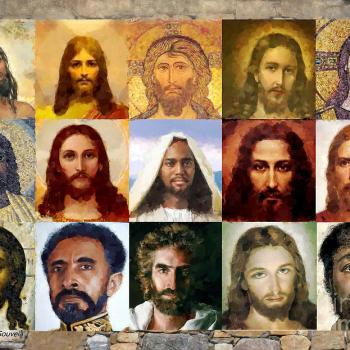
Many of us have approached race like the Field of Dreams movie: “If we build walls to ignore race, the progress will come.” I have encountered people across race who share this colorblind belief.
Colorblindness, the notion that one does not “see” race, has been touted as the opposite of racism, the answer to our racial problems and the balm to heal our racial wounds.
It pretends to be cute, cuddly and kind to humanity. I argue that colorblind ideology is another form of racism.
There is nothing cute or cuddly about racism. Although covert and overt mechanisms maintain and reproduce racism from individual to institutional domains, no talking teddy bears that exclaim racial epithets, in order to give us the warm and fuzzies, dominate the marketplace.
Thank goodness.
Colorblind ideology works as a rationale to avoid dealing with our individual and collective racial challenges. We claim that we do not see race or color, and yet our lives are heavily influenced and structured by “seeing” race. This response is not colorblindness, it is willful ignorance to impede social progress.
Seeing race does not make you a bad person or a bigot. Seeing is not the problem. Your beliefs about race that you are avoiding or denying might be.
So, are you racially colorblind?
You might not be as racially colorblind as you think are when you…
- Use the term “colorblind” because you learned (family, friends, etc.) that mentioning someone’s race was wrong.
- Whisper the race of a Person of Color in conversation, as if to say it in a normal tone would be wrong.
- Consider White as the norm, standard, and People of Color as raced, ethnic, cultural, atypical, deviant, dysfunctional, or secondary.
- Think of the term “race,” you only think of People of Color and not White people.
- Use coded language to maintain religious racial practices: i.e. preferences of teaching, preaching, leadership, music, and/or worship styles have a distinct racial pattern.
- Understand, tell and/or laugh at racial jokes.
- Feel easily irritated by the subject of race coming up in conversation.
- Have a racial pattern in any aspect of your relationships (i.e. dating history; friendships).
- Have a racial pattern in places you live, work, play, and/or worship.
- Believe race is a biological and not social.
- Attribute intelligence and different talents to phenotype.
- Call attention to “racism” in the actions of People of Color and rarely do the same with White individuals.
- Use “good neighborhoods” and “good schools” to suggest predominantly White middle to affluent contexts.
- Purchase makeup to “match” your skin tone.
Before we can move toward ending racism and co-creating a more just and inclusive world, we need to face our racial realities. Colorblindness, on the other hand, keeps us in ignorance, division and strife.
Racism is a complex issue that we have addressed too narrowly, yielding poor results. The truth will make us free.
Saying cute colorblind things to make us feel like good, socially elevated or progressive people, while ignoring racial inequities across institutions, is not freedom. Freedom does not come from quoting a scripture and living in denial.
It comes from looking in the proverbial mirror and first being authentic with ourselves, as individuals and as a collective. Freedom involves examining the ways our lives and institutions are structured by race, and the complicit and non-complicit practices that keeps a racial hierarchy in the world.
This work calls for humility. It requires that when we talk as a group, we have an attitude of humility in service to one another and for an inclusive vision.
Our healing begins when we no longer seek to preserve our sense of “goodness.” When we are free, we do not shun discussions of race or looking at ourselves.
Actually, we welcome it.
Seeing is one of many paths to believing and realizing a diverse, equitable and inclusive world.
















